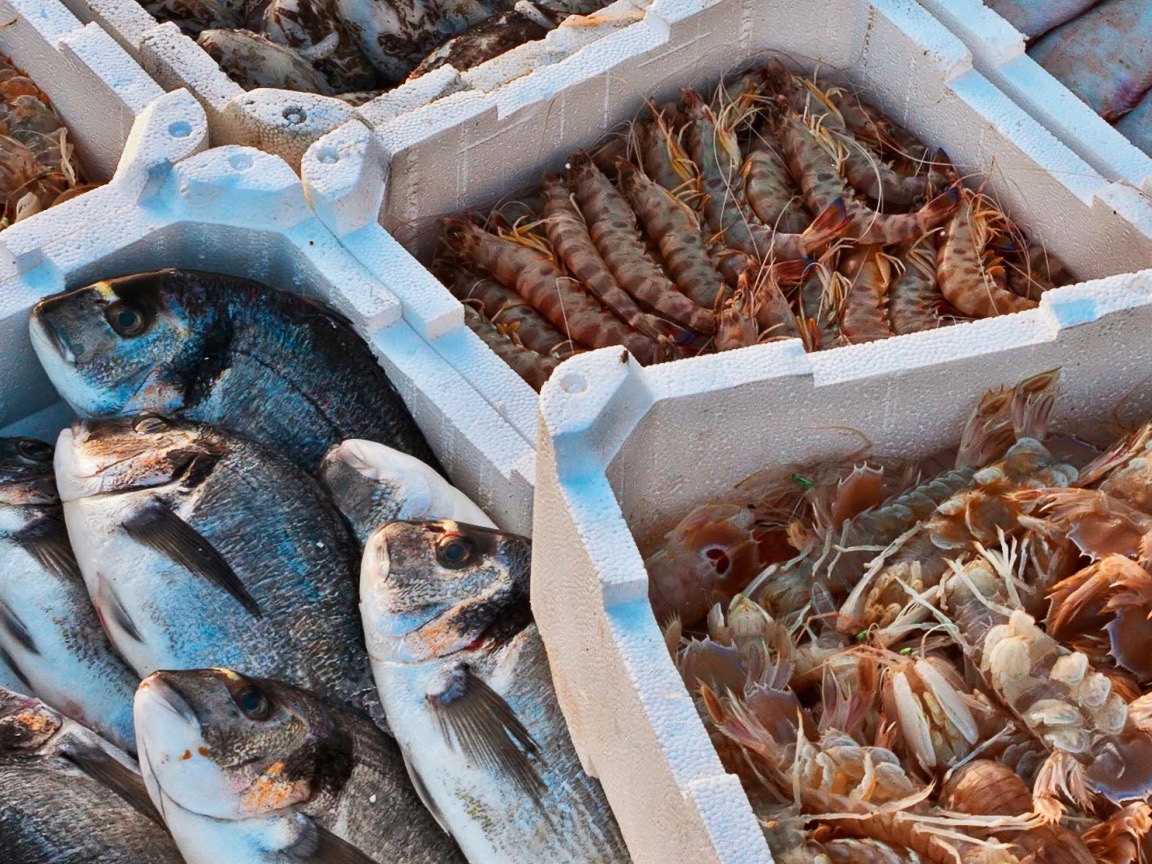1st February 2024 By Contributor | contact@foodticker.co.nz | @foodtickernz
Global seafood demand will continue to grow through to 2050 driving production but regional imbalances will also increase, according to a new Blue Economy report by DNV group.

To achieve sustainable industry trajectories in the Blue Economy, we need a greater understanding of the ocean and the potential impacts of ocean-related activities, based on reliable data and scientific knowledge.
In 2021, at the start of the UN Decade of Ocean Science for sustainable development, we developed our first Blue Economy model to be able to address challenges and opportunities associated with a sustainable and equitable ocean economy through a series of forecasts.
We published a Marine Aquaculture Forecast highlighting the critical role of farmed seafood in securing supplies of food for a global population that will exceed nine billion by 2050.
Subsequently, in our Ocean’s Future to 2050 outlook, we placed seafood production into a wider context of other ocean industries. There, we identified the key trends shaping the development of the Blue Economy and highlighted the urgent need for sustainable ocean management.
Further, in our Spatial Competition Forecast we drew attention to a ‘race for space’ with increased pressure and congestion, particularly along coastlines, which must be carefully managed.
Mindful of the need to tackle the large system transitions in the Blue Economy, this Seafood Forecast provides insight into the interactions between seafood value chains and other food systems, between the need for sustainable feed in balance with food, and between food security and growing supply-demand imbalances across different regions.
We forecast an increase in overall marine seafood production of about 20% to 2050. While capture fisheries output is stagnant, marine aquaculture will double and finfish production almost triple in this period.
We do not, however, see any significant change in protein consumption patterns. Scaling up land-based food production to meet global food demand is facing significant challenges due to, among other issues, climate change and other sustainability concerns.
A future shift in demand towards a more seafood-based diet could relieve some of this pressure, but this is a slow-moving process influenced by affordability, food culture, and other consumer preferences.
Given a sufficient change in demand, expanding marine aquaculture represents a significant worldwide opportunity in the Blue Economy. As capture fisheries output globally remains stagnant, we point to a supply-demand gap for wild-caught seafood that marine aquaculture production will not close by 2050.
Some regions, particularly across Africa and Asia, will see large increases in demand due to growing
populations and rising living standards. However, these regions are not necessarily the same as those that will see an improvement in the availability of wild-caught seafood.
We forecast that the supply-demand imbalances will drive a 50% increase in trade by 2050 and that seafood will remain among the world’s most traded food products.
These imbalances are tainted by illicit trading and lack of transparency, emphasizing the urgency of global measures that address sustainability challenges and safeguard both food security and livelihoods.
Marine aquaculture must maintain an intense focus on fish health and welfare, technological innovation, and sustainability measures to meet future growth. One key priority will be to meet the demand for feed ingredients by decoupling it from sources of food for human consumption.
We forecast that feed supplies will improve on sustainability by transitioning to novel ingredients.
Our study shows that the share of novel ingredients will rise from negligible levels today to reach 26% of the ingredient mix for feed for marine finfish and 37% of the mix for crustaceans.
These developments are crucial for the long-term sustainability of fed aquaculture in our seafood mix.
Our aim has been for this forecast to serve as input towards greater transparency as well as understanding of the development of seafood in the Blue Economy at both the global and regional scale.
Click here to read the full Ocean’s Future to 2050: Seafood Forecast report.
The report was completed by Norwegian risk management and assurance firm Det Norske Veritas (DNV).
The above foreward was written by Bente Pretlove, programme director, Ocean Space, DNV group research and development.
© 2024 Business Media Network Ltd
Website by Webstudio